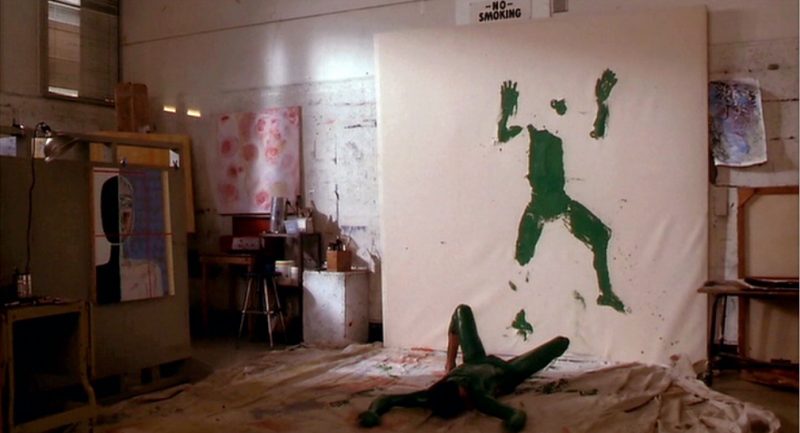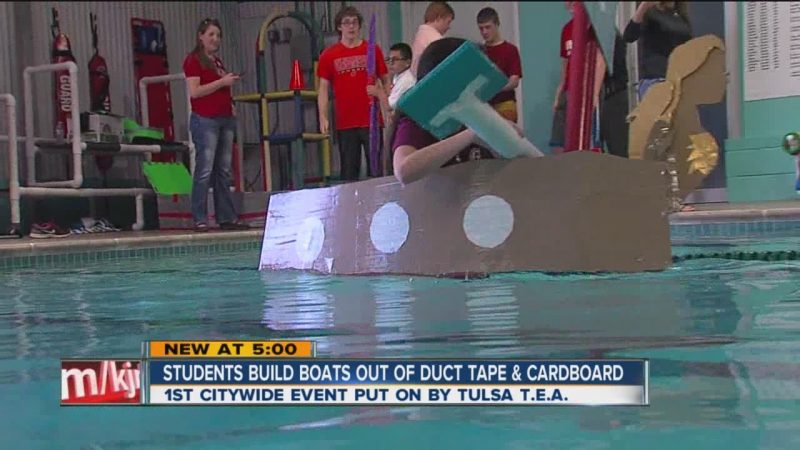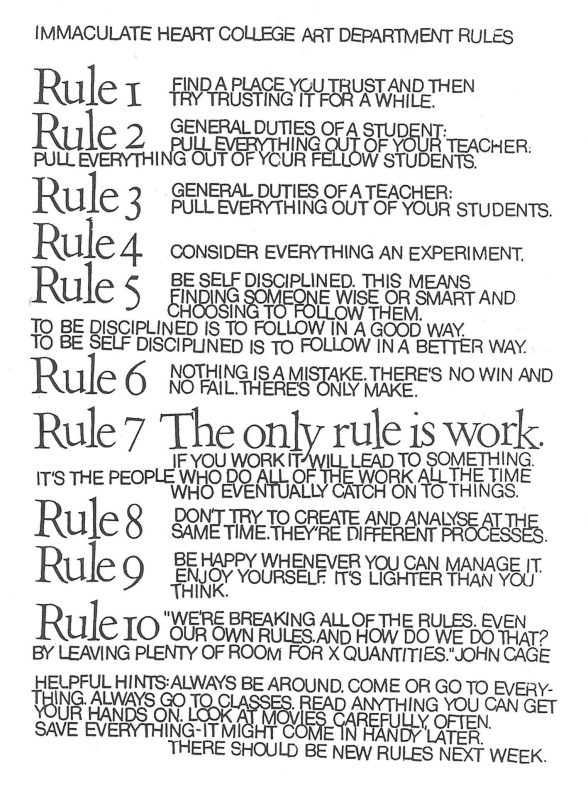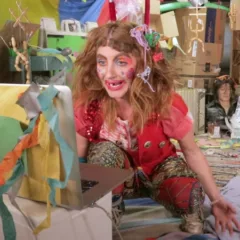Ahhh, it’s that time of year again. The weather is cooling down, notebooks are 50% off, and Uhaul has run out of moving trucks… it’s back to school season! And do not fear, as I’m back to offer you future leaders of the world some more phenomenal advice.
Here’s this month’s question:
I’m looking at exhibition opportunities, and I can’t believe how many just I’m ineligible for because I’m a student. What’s the deal?

I get it, you’re an ambitious student with talent, with the glow of youth, and making work better than anything you’ve come across in the galleries out there – why are you being penalized for being in school? It’s not you, it’s the systems that envelop you.
Galleries and Art School – Different systems, different deadlines
Galleries, be they commercial, non-profit, university, or artist-run, rely on reputation. The gallery works to enhance reputations by showing exciting new artists, from their insightful curators, that will bring in monied collectors, or engaged audiences. Galleries also operate on a regular schedule, opening new shows on a regular schedule to program their audiences to come back. Those regular schedules create uncompromising deadlines.
The first challenge is that school deadlines beat other deadlines. School moves faster than… I don’t want to say “real” life, because it implies that school is not real. But it isn’t real. A working world is not broken up into class periods, sessions, or semesters. It’s quarters, fiscal years, or five year plans—things move slowly. Students face concrete deadlines like: read this book by Thursday, draw 100 things by Monday. Gallery deadlines are more abstract: complete a body of work by September, pick a showcard image by November. The apparatus of school creates an infrastructure of deadlines that most galleries just don’t want to compete with. These school assignments are good practice for the real world, but concrete deadlines will always beat out abstract ones—that’s just human nature.
Whose intention sparked the work? It matters
The second challenge of student work is deciphering intent. Sure, there will always be a student that knocks an assignment out of the park, and makes work that could be shown in a gallery. But for curators, it is impossible to separate artwork from the intention of an assignment, and that’s a problem. A professor’s intent for an assignment is to drive the student’s work forward, while curators are looking for self-initiated body of work.
Assignments are a way for professors to measure progress in a classroom by challenging students. In school, assignments offer interesting limitations that inspire creative problem solving and accelerate learning. Make a boat that floats only using cardboard? No problem. Out of school, these arbitrary limitations confound interpretations of the work, especially troubling in a field where material choice and construction carries so much meaning. So, the cardboard of the boat must symbolize the incompatibility of the vessel and its surroundings, signaling the artist’s existential despair, yes? For curators analyzing work, unpacking an artist’s intent from a classroom’s intent becomes a pandora’s box. And mis-diagnosing intent can damage the reputations that underlie every aspect of the galleries’ work.

Opportunities will be there in the future
For a student, school wins out. While school is a means to a career, it is also its own bubble-a protective shell that affords its students the opportunity to try new ways of behaving in the world, failing spectacularly, learning a little bit, and moving on. Keeping professional deadlines will be a lesson you will learn, but class deadlines are pretty good practice. The thing about opportunities is that the art world is always looking for new talent, and there will be new opportunities when you’re ready for them. If you must build the resume, look for student-only opportunities. But for now, I urge you to cherish your new semester, embrace your role as a student, and live by Sister Corita Kent’s rules for Students, Teachers, and Life.

Got a question for Dave (or Beth, our other art life advisor)? Email ask@theartblog.org. Or, visit our Google form online.









